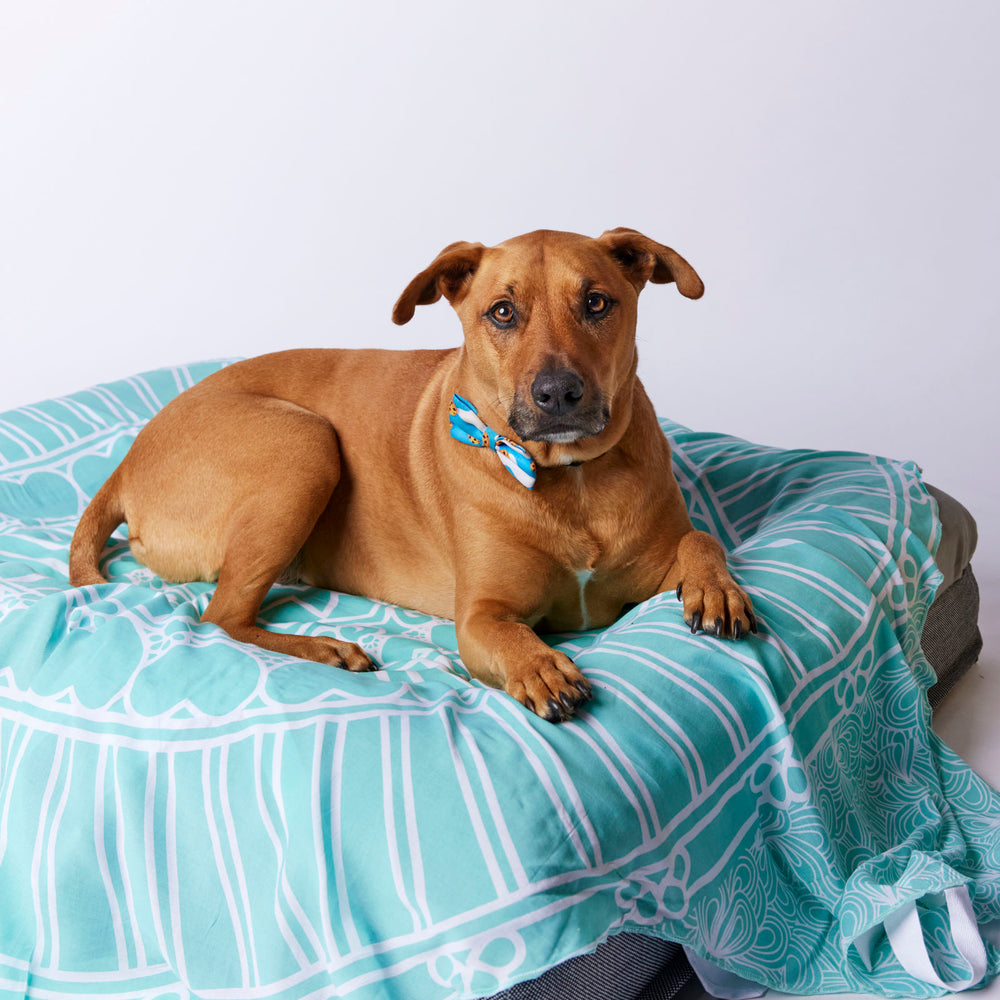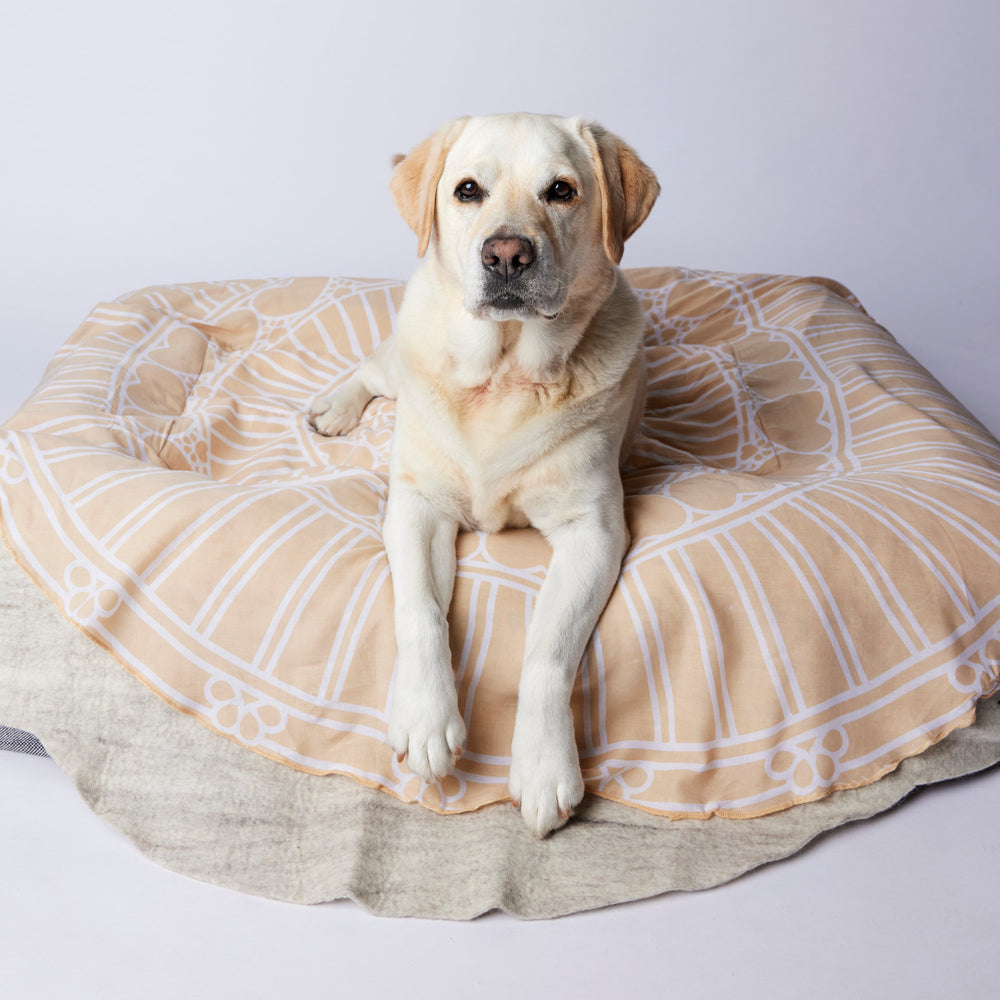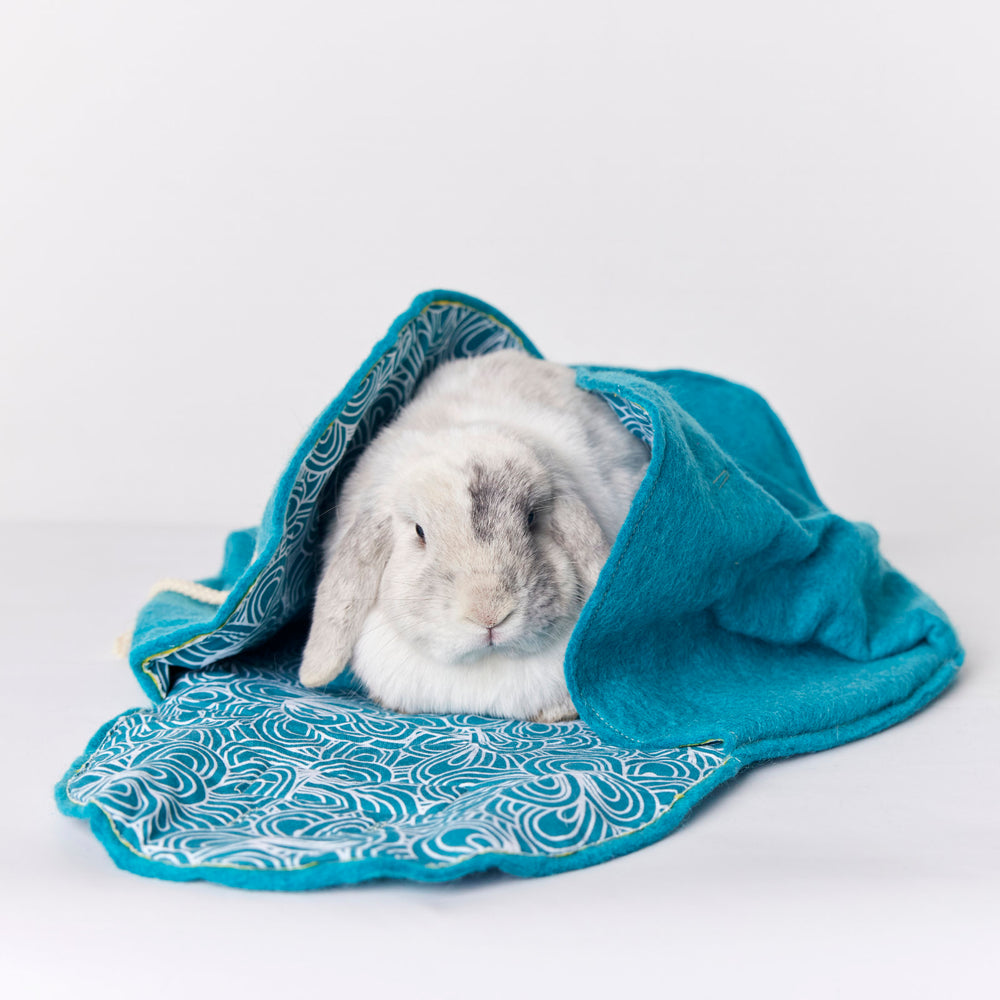Why Generalising the Behaviour of a Dog by Breed is Unfair

People’s fear of dogs can vary greatly - and the reason for it could be as a result of individual experience or fear of the unknown. In many cases though, the apprehension is attached to the breed. We're sure there are certain breeds that spring to mind when you think of a dangerous dog; Pitbulls, Rottweilers, German Shepards and Staffys to name a few. But, generalising the behaviour of an entire breed can be unfair and inaccurate.
Dogs behaviours can be influenced by many factors, and we've rounded them up to give everyone a better understanding of what those factors are. We also spoke to our Digital Manager, Jordan, who is the owner of an English Staffy (called Iggy!) and is no stranger to people thinking the worst when they see her running through the park!
From Jordan:
“I would often take Iggy for walks in the dog parks of Sydney and as soon as people saw she was a Staffy, they would walk side ways to avoid us. It's hard to explain to someone who's already made a judgement about staffys that she's actually the most gentle and chilled dog you could ever meet!"

Individual Temperament
When we talk about temperament, we're referring to a dogs mannerisms and personality. Breed temperaments vary quite a lot, and while there are many traits that are more prevalent in certain breeds, temperament is totally unique to each dog (in fact, it's quite often said that dogs take on the same personality traits as their owners!).
While each dog is unique, understanding the temperament of the breed will help you understand how a dog will react in certain circumstances, what triggers them off and what commands are required to control the situation.
From Jordan:
"We knew when we got a staffy that they were known for being gentle, docile and very, VERY stubborn - especially as they get older (my partner had a staffy when he grew up, so was very familiar with the breed). We also knew that while they are gentle, they are a strong dog and often don't realise it! When we got Iggy, she was incredibly quiet and clingy (seriously clingy), and was definitely not as boisterous as other staffys we knew. The 'agressive staffy' that most people think of was definitely not what we had snuggled up on our couch every night."

Training
There are some things training can do and some that it most definitely can't - but no matter the breed, a big part of how a dog behaves come down to training.
Some dogs are definitely more open to training than others, and unfortunately - not every behaviour can be trained in or out (that affectionate, playful Kings Charles Cavalier might struggle to be trained to be a guard dog when they think everyone is someone to play with!).
Many dog owners take a serious approach to developing new habits and behaviour management (especially for those things that could be dangerous!) - which means that that 'big scary dog' you see off-leash at the park has likely been trained to a level that the owner is very confident of their ability to behave around people and other dogs too.
From Jordan:
“My husband comes from a farming family who have really well trained dogs - which meant Iggy was trained very early too. One thing we trained her to do was to always come and/or stop on demand. This helped if we found ourselves in a situation where Iggy was distracted by a bird getting her close to people who were obviously not keen on staffys. You could hear their sigh of relief when we called her to come and she instantly came back to us.”

Socialisation
Pet owners should provide regular experiences that are diverse and positive so that their dog can enjoy new people, places and activities without becoming fearful or aggressive. This is usually done when they are puppies, as they get older they become more cautious, and may display aggression or shyness when exposed to unfamiliar surroundings or people.
Dogs that have not been socialised can be unpredictable when experiencing something new. They may display fearfulness, excessively bark or whine or cower and tremble. In extreme cases they may show aggression towards people or other animals and have a reluctance to people handling them.
Senior dogs that have lost or are losing their sight and or hearing are generally less tolerant with things that are unfamiliar and may not be as friendly towards strangers as they would have been in their younger years.
If you're seeing a dog that's socialising with other dogs (or having the time of their life at a dog park!), it's likely they've been socialised from a young age. Generally, if this is not the case - they'll be on a leash.
From Jordan:
“We tend to keep Iggy on a leash if we take her to a new place. Once she becomes familiar with the sounds and smells, we are confident to let her off leash. She actually LOVES little dogs (as all of our family dogs are smaller breeds), so you'll often see her running around with Pomeranians looking very out of place! She knows how to play with them though, and we're always careful of not allowing her to run up to smaller dogs who may not be comfortable.”

Owners care
Unfortunately a lot of their bad behaviour can be attributed to the owner not showing concern for others and how they might feel around their own pets, allowing their dogs to cause fear in other people and animals. While these types of pet owners are rare, they definitely do not help the stereotypes surrounding certain breeds. It's important to remember that a badly behaved dog is not directly connected with the breed, and can often come down to a lack of training or socialisation.
Responsible dog ownership, proper training and socialisation can significantly contribute to a dogs behaviour and mitigate any concerns about a dogs breed.

On what Jordan wants everyone to know about Staffys:
"While they look like a mean old beef-cake, they truely are the nanny dog. Constantly sleeping (I liken Iggy to a wombat in dog form!) and the most gentle, needy and placid dogs around - especially as they become older. So many breeds like staffys are judged based on stereotypes, but it's often these dogs that are incredibly well trained because their owners are so aware of those same stereotypes. I'd encourage anyone who might be thinking of these dogs are a dangerous breed to go and spend time with someone who owns one - and you'll see just how beautiful a dog they are".
Remember, you can’t judge a book by its cover!









